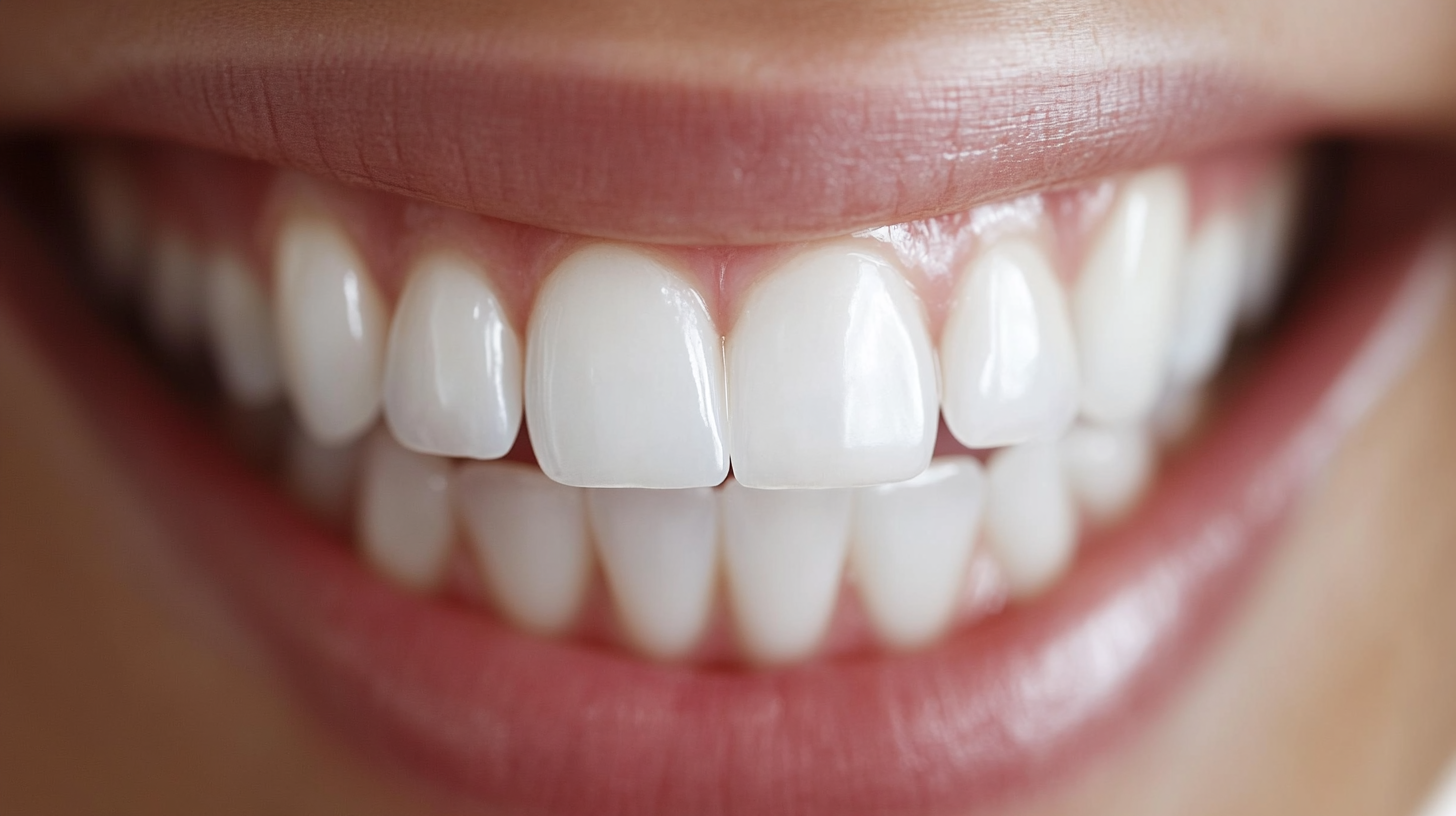
Taking care of your teeth is more than just brushing and flossing. Sometimes, regular cleanings aren’t enough to keep your gums and teeth healthy. When plaque and tartar build up under the gums, they can cause pain and, if not treated, lead to more significant problems.
If your dentist mentions a deep cleaning, it usually means they’ve seen signs of gum disease. Deep cleanings help stop the disease from getting worse. It’s a more involved process than your routine dental visits but can make a big difference in your oral health.
What Makes Deep Cleaning Different

A deep dental cleaning goes beyond what your hygienist does during a regular check-up. It’s often called scaling and root planing. This treatment focuses on removing plaque and tartar from under the gumline.
It helps smooth out the roots of your teeth so your gums can reattach and heal. Deep cleaning is usually needed when the early stages of gum disease are found. When bacteria are trapped deep in your gums, a standard cleaning won’t be enough to get rid of it.
Signs You Might Need More Than a Routine Cleaning
Gum disease doesn’t always cause pain at first, so it can be easy to miss. Red, swollen gums are one of the earliest signs. If your gums bleed when you brush or floss, that could mean there’s a problem.
Bad breath that doesn’t go away is another common warning. You might also notice your gums pulling away from your teeth. These are all signs that you might need cleaning below the gumline to remove bacteria and stop further damage.
Why Dentists Recommend It
When your dentist recommends a deep cleaning, it’s usually not optional. The goal is to stop gum disease before it becomes severe. Gum disease can worsen over time; without treatment, it may even cause teeth to fall out. Deep cleanings help prevent that by getting rid of the source of infection.
They also help your gums heal and become healthier over time. Getting this done helps keep your teeth and gums healthy now and later.
The Process and What to Expect

The procedure is done in sections, usually one side of the mouth at a time. Your dentist or hygienist will numb the area so you don’t feel discomfort. They’ll use special tools to clean around the roots of your teeth.
This helps remove bacteria that cause gum disease. After the cleaning, your gums may feel sore or swollen, but that should go away in a few days. Your dentist may also suggest follow-up visits to check on your healing.
Keeping Up with Aftercare
After a deep cleaning, your dentist will give you instructions to follow at home. This helps your gums heal faster and stay healthy. You might be told to use a special mouth rinse or brush more gently for a few days. Sticking to a good routine will keep plaque from building up again. You’ll also want to make sure you don’t miss your next appointments. Catching problems early makes a big difference.
Knowing when you need a deep dental cleaning comes down to paying attention to your gums. If you notice signs like bleeding, swelling, or bad breath that doesn’t go away, it’s time to talk to your dentist. A deep cleaning isn’t something to avoid, it’s a smart step toward keeping your smile healthy.
This treatment clears out harmful bacteria and helps stop gum disease before it gets worse. Listening to your dentist and keeping up with brushing and flossing can help keep your gums strong over time. To learn more about what deep cleaning involves, visit Thrive Dental’s guide to deep dental cleanings.
